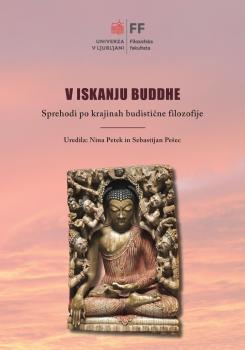Ideal samote v zgodnjem indijskem budizmu
Kratka vsebina
Pričujoči prispevek je zasnovan kot študija nekaterih vidikov pojmovanja samote v budizmu theravāda. Buddha je bil bivanju v samoti, ki je predstavljal ideal v predhodnih asketskih gibanjih v Indiji, izrazito naklonjen, a je te načine modificiral v skladu s svojim novim odrešenjskim naukom, t. i. srednjo potjo, za katero je značilno negovanje bolj umerjenih oblik asketskih praks. Pri študiji raznolikih pojmovanj samote se prispevek naslanja na najzgodnejša besedila budizma, zlasti na prvo košaro iz zbirke Buddhovih govorov Suttapiṭaka. V njih je mogoče opaziti razlikovanje med tremi različnimi stopnjami samote, ki se med seboj tesno prepletajo: a) »fizična samota«, tj. življenje v odmaknjenih krajih daleč od skupnosti in družbe, b) »umska samota« kot postopno opuščanje vseh navezanosti in c) »poslednja samota«, ki pomeni vrhovno stanje končne osvoboditve človekove eksistence (parinibbāna).
Prenosi
Pages
Najavljeno
Licenca

To delo je licencirano pod Creative Commons Priznanje avtorstva-Deljenje pod enakimi pogoji 4.0 mednarodno licenco.


